Home>Gardening & Outdoor>Landscaping Ideas>How Long Does It Take For Grass To Root
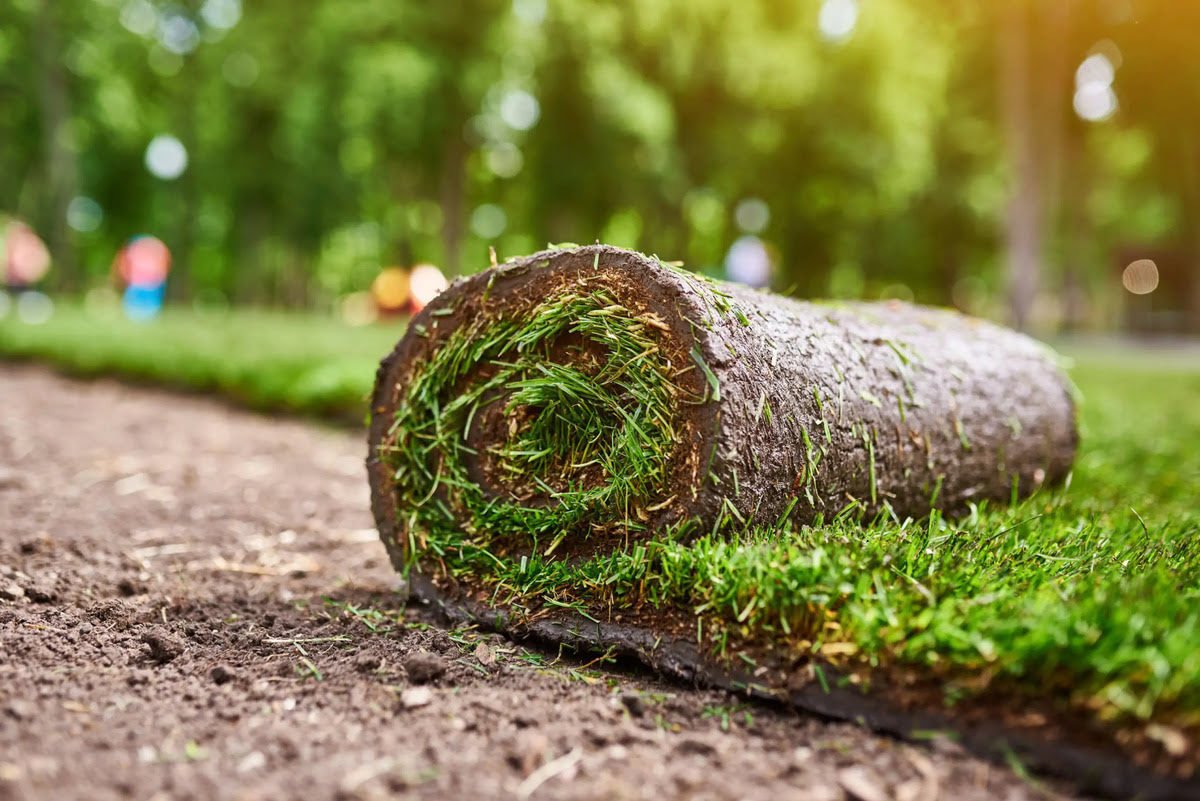

Landscaping Ideas
How Long Does It Take For Grass To Root
Modified: February 18, 2024
Learn the landscaping ideas for how long it takes for grass to root. Discover the best practices for a healthy lawn and vibrant garden.
(Many of the links in this article redirect to a specific reviewed product. Your purchase of these products through affiliate links helps to generate commission for Storables.com, at no extra cost. Learn more)
Introduction
When it comes to establishing a lush and healthy lawn, understanding the process of grass rooting is essential. The rooting time of grass refers to the duration it takes for the grass seeds or sod to develop a strong root system in the soil. This period is crucial for the long-term health and resilience of the lawn, as a well-rooted grass can better withstand drought, foot traffic, and other stressors.
Various factors influence the time it takes for grass to root, including the grass species, soil conditions, climate, and maintenance practices. By delving into these factors and exploring methods to expedite the rooting process, homeowners and landscapers can cultivate vibrant lawns more efficiently. In this article, we will unravel the intricacies of grass rooting time, shedding light on the different types of grass, ideal growing conditions, and strategies to accelerate the establishment of a robust root system.
Let’s embark on a journey to uncover the secrets of grass rooting time and pave the way for a verdant, resilient lawn that will be the envy of the neighborhood.
Key Takeaways:
- Grass rooting time varies based on factors like grass species, soil quality, and climate. Understanding these factors helps create the ideal conditions for a vibrant and enduring lawn.
- Methods like overseeding, hydroseeding, and proper watering can speed up grass rooting, leading to a lush and resilient lawn. Understanding these methods empowers homeowners and landscapers.
Factors Affecting Grass Rooting Time
The duration for grass to establish its roots can be influenced by a multitude of factors, each playing a pivotal role in the overall rooting process. Understanding these factors is crucial for anyone seeking to cultivate a thriving lawn. Here are the key elements that can impact the rooting time of grass:
- Grass Species: Different grass species exhibit varying rooting times. For instance, cool-season grasses such as Kentucky bluegrass and fescue typically root more quickly than warm-season varieties like Bermuda grass or zoysia grass.
- Soil Conditions: The composition and health of the soil significantly affect grass rooting. Well-aerated, loamy soils with adequate drainage facilitate quicker root development, while compacted or waterlogged soils may impede the process.
- Climate: The local climate, including temperature and precipitation patterns, can impact how swiftly grass establishes its roots. Warmer temperatures and consistent moisture levels generally promote faster rooting.
- Watering Practices: Proper watering is essential for encouraging healthy root growth. Inadequate or excessive watering can hinder the development of a robust root system, prolonging the rooting time.
- Fertilization: Providing the appropriate nutrients to the soil can expedite grass rooting. Balanced fertilization with the right mix of nitrogen, phosphorus, and potassium supports healthy root development.
- Maintenance: Regular mowing, aeration, and dethatching contribute to optimal root growth. Overgrown grass, compacted soil, and excessive thatch can impede the rooting process.
By taking these factors into account and implementing strategies to address them, homeowners and landscapers can create an environment conducive to swift and robust grass rooting. In the following sections, we will delve deeper into the rooting times of specific grass types, explore the ideal conditions for fostering rapid root development, and discuss methods to expedite the establishment of a resilient lawn.
Types of Grass and Their Rooting Time
Grasses are not created equal when it comes to rooting time. Different grass species exhibit varying rates of root development, influencing the overall establishment of a healthy lawn. Understanding the rooting times of specific grass types is essential for selecting the most suitable variety for a particular landscape. Let’s explore the rooting times of some common grass species:
- Kentucky Bluegrass: Known for its dense, lush growth, Kentucky bluegrass typically establishes its roots within 3 to 4 weeks under optimal conditions, making it a relatively quick-rooting cool-season grass.
- Fescue: Fine fescue varieties, including creeping red fescue and chewings fescue, generally root within 2 to 3 weeks. Tall fescue, with its deep roots, may take slightly longer, typically 3 to 4 weeks.
- Bermuda Grass: This warm-season grass is renowned for its rapid growth and typically forms a strong root system within 2 to 3 weeks under favorable conditions.
- Zoysia Grass: Zoysia grass, another warm-season favorite, is known for its resilience and typically roots within 3 to 4 weeks, establishing a robust foundation for a healthy lawn.
- Centipede Grass: With its low maintenance requirements, centipede grass generally roots within 3 to 5 weeks, thriving in warm, coastal climates.
These are just a few examples of the diverse rooting times among different grass species. It’s important to note that actual rooting times can vary based on environmental factors, maintenance practices, and the specific cultivars within each grass type. By understanding the rooting characteristics of various grasses, homeowners and landscapers can make informed decisions when selecting the most suitable grass for their specific needs and preferences.
Grass typically takes about 2-3 weeks to establish roots. Water the newly planted grass regularly and avoid walking on it until it has rooted.
Ideal Conditions for Grass Rooting
Creating an optimal environment for grass rooting is essential for fostering healthy and resilient lawns. By providing the ideal conditions, homeowners and landscapers can facilitate the swift establishment of robust root systems, laying the groundwork for vibrant, long-lasting grass. Here are the key factors that contribute to the ideal conditions for grass rooting:
- Moisture: Consistent moisture is crucial for promoting root development. Adequate watering, especially during the initial stages of growth, helps the grass establish its roots effectively. However, it’s important to avoid waterlogging, as excessive moisture can impede rooting.
- Soil Quality: Well-draining, nutrient-rich soil provides an excellent foundation for grass rooting. Loamy soils with a balanced texture allow for proper aeration and moisture retention, supporting healthy root growth.
- Temperature: Moderate temperatures, neither excessively hot nor cold, are conducive to swift root establishment. Warm-season grasses root best in warmer conditions, while cool-season varieties thrive in milder temperatures.
- Sunlight: Adequate sunlight is essential for photosynthesis and overall plant health, including root development. Ensuring that the grass receives the necessary sunlight for its specific species promotes efficient rooting.
- Fertilization: Providing the appropriate nutrients through fertilization supports the development of strong, healthy roots. A balanced fertilizer application tailored to the specific needs of the grass species can expedite the rooting process.
- Maintenance: Regular maintenance practices, such as proper mowing, aeration, and dethatching, contribute to the ideal conditions for grass rooting. These activities promote soil health, reduce compaction, and create an environment conducive to robust root development.
By ensuring that these ideal conditions are met, homeowners and landscapers can significantly enhance the rooting process, leading to the establishment of resilient, thriving lawns. In the following section, we will explore methods to expedite grass rooting, providing valuable insights for those seeking to accelerate the development of a healthy and vibrant lawn.
Methods to Speed Up Grass Rooting
For those eager to expedite the establishment of a lush and resilient lawn, there are several effective methods to accelerate the grass rooting process. By implementing these strategies, homeowners and landscapers can foster rapid and robust root development, paving the way for a vibrant and enduring lawn. Here are some proven methods to speed up grass rooting:
- Overseeding: Introducing additional grass seed to an existing lawn can promote denser root systems and fill in bare or thin areas. Overseeding is particularly effective for cool-season grasses and can help rejuvenate the lawn’s overall health.
- Hydroseeding: Hydroseeding involves spraying a slurry of grass seed, mulch, fertilizer, and water onto the soil, providing an ideal environment for rapid seed germination and root development.
- Topdressing: Applying a thin layer of compost or topsoil over the existing lawn can enhance soil quality, promote moisture retention, and provide a nurturing environment for root growth.
- Utilizing Starter Fertilizers: Starter fertilizers high in phosphorus can stimulate strong root development, providing the necessary nutrients for the grass to establish a robust root system quickly.
- Aerating the Soil: Core aeration alleviates soil compaction, improves air and water penetration, and encourages healthy root growth. By creating channels for roots to expand, aeration contributes to the overall vigor of the lawn.
- Proper Watering: Implementing a consistent and appropriate watering schedule is essential for promoting efficient root establishment. Deep, infrequent watering encourages deep root growth, contributing to the lawn’s resilience.
- Monitoring and Adjusting Maintenance Practices: Regularly assessing and adjusting maintenance routines, such as mowing height, can positively impact root development. Proper maintenance supports the overall health of the grass and fosters strong root systems.
By incorporating these methods into lawn care practices, individuals can actively expedite the grass rooting process, resulting in a luxuriant and enduring lawn. Understanding the diverse methods available for accelerating root development empowers homeowners and landscapers to cultivate vibrant, resilient lawns more efficiently and effectively.
Conclusion
The rooting time of grass is a critical phase in the establishment of a healthy and vibrant lawn. By delving into the factors influencing grass rooting time, exploring the rooting characteristics of different grass species, and understanding the ideal conditions and methods for expediting root development, homeowners and landscapers can cultivate resilient and enduring lawns more effectively. As we conclude our exploration of grass rooting time, it becomes evident that nurturing a robust root system is fundamental to the long-term health and sustainability of the lawn.
Recognizing the diverse factors that impact grass rooting time, from soil quality and climate to maintenance practices and grass species, empowers individuals to make informed decisions when establishing and maintaining their lawns. By creating an environment that fosters swift and robust root development, homeowners and landscapers can lay the groundwork for a verdant, resilient lawn that enhances the beauty and functionality of outdoor spaces.
As we embrace the intricacies of grass rooting time, it’s essential to approach lawn care with a holistic perspective, considering the interplay of environmental factors, maintenance practices, and the unique characteristics of different grass species. By fostering a deep understanding of the rooting process and implementing proven methods to accelerate root development, individuals can embark on a journey to create and sustain thriving lawns that enrich their outdoor living experience.
Ultimately, the quest for a lush and resilient lawn is a testament to the dedication and care invested in nurturing the very foundation of outdoor beauty and enjoyment. By leveraging our knowledge of grass rooting time and its influencing factors, we can embark on a path that leads to the creation of enduring, vibrant landscapes that serve as a source of pride and joy for homeowners and a haven for outdoor gatherings, recreation, and relaxation.
Frequently Asked Questions about How Long Does It Take For Grass To Root
Was this page helpful?
At Storables.com, we guarantee accurate and reliable information. Our content, validated by Expert Board Contributors, is crafted following stringent Editorial Policies. We're committed to providing you with well-researched, expert-backed insights for all your informational needs.
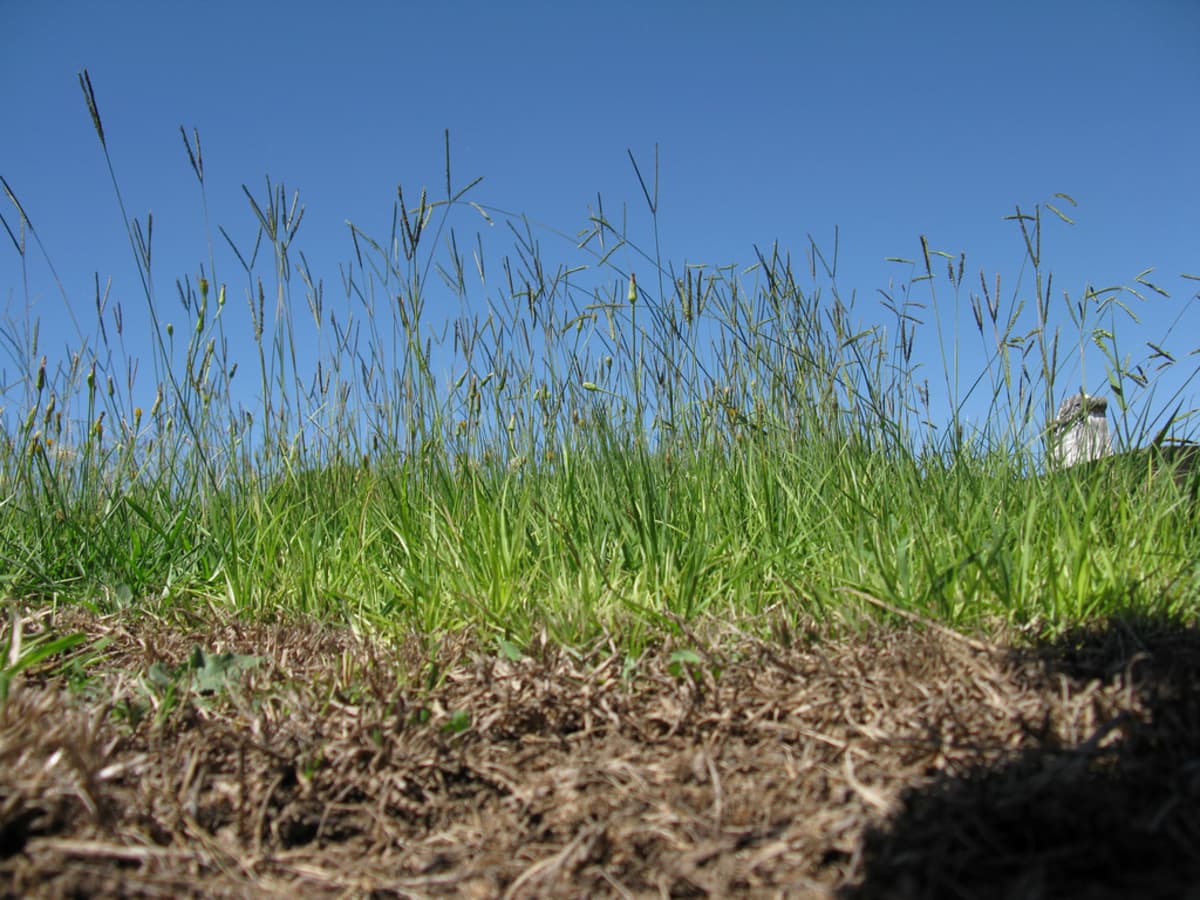
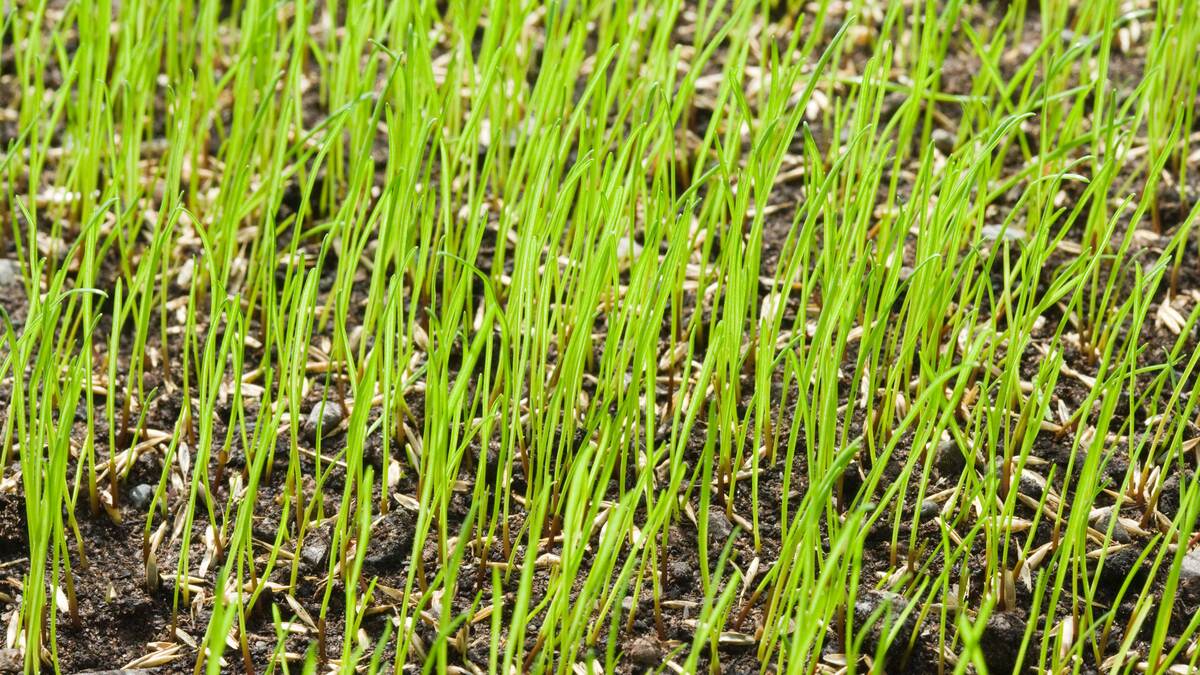
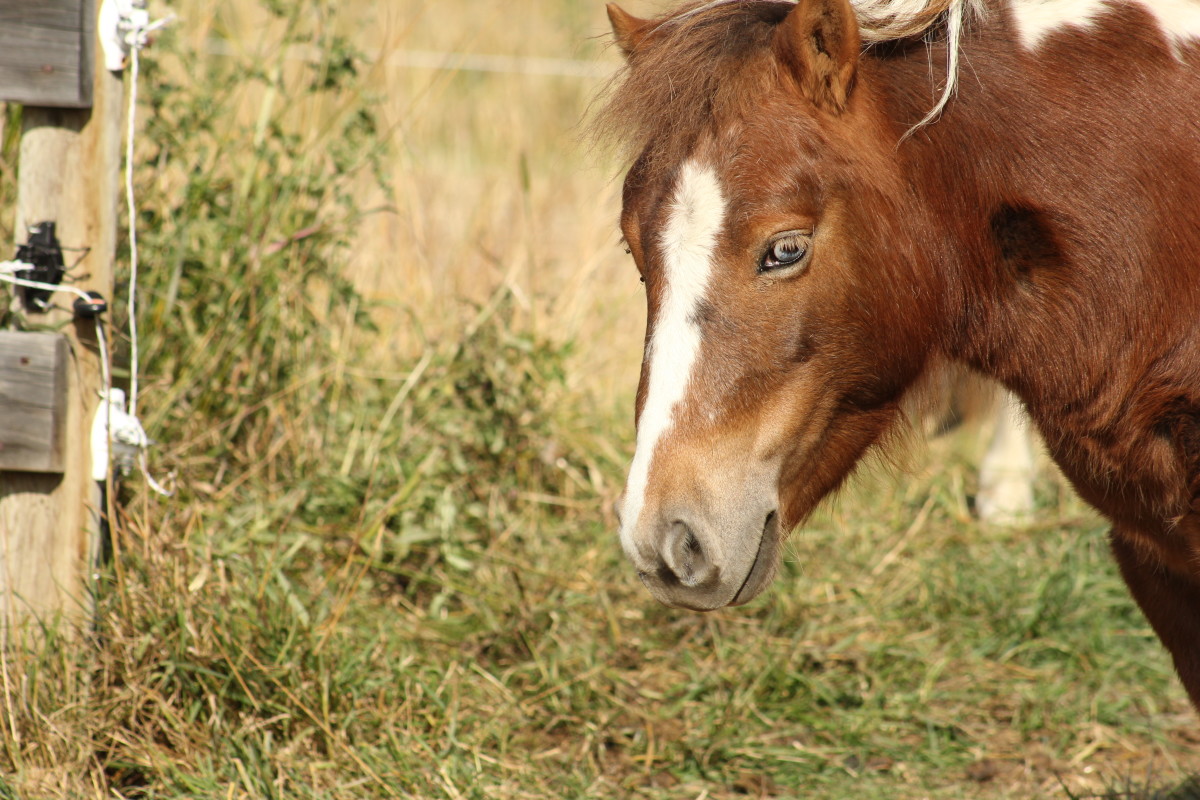
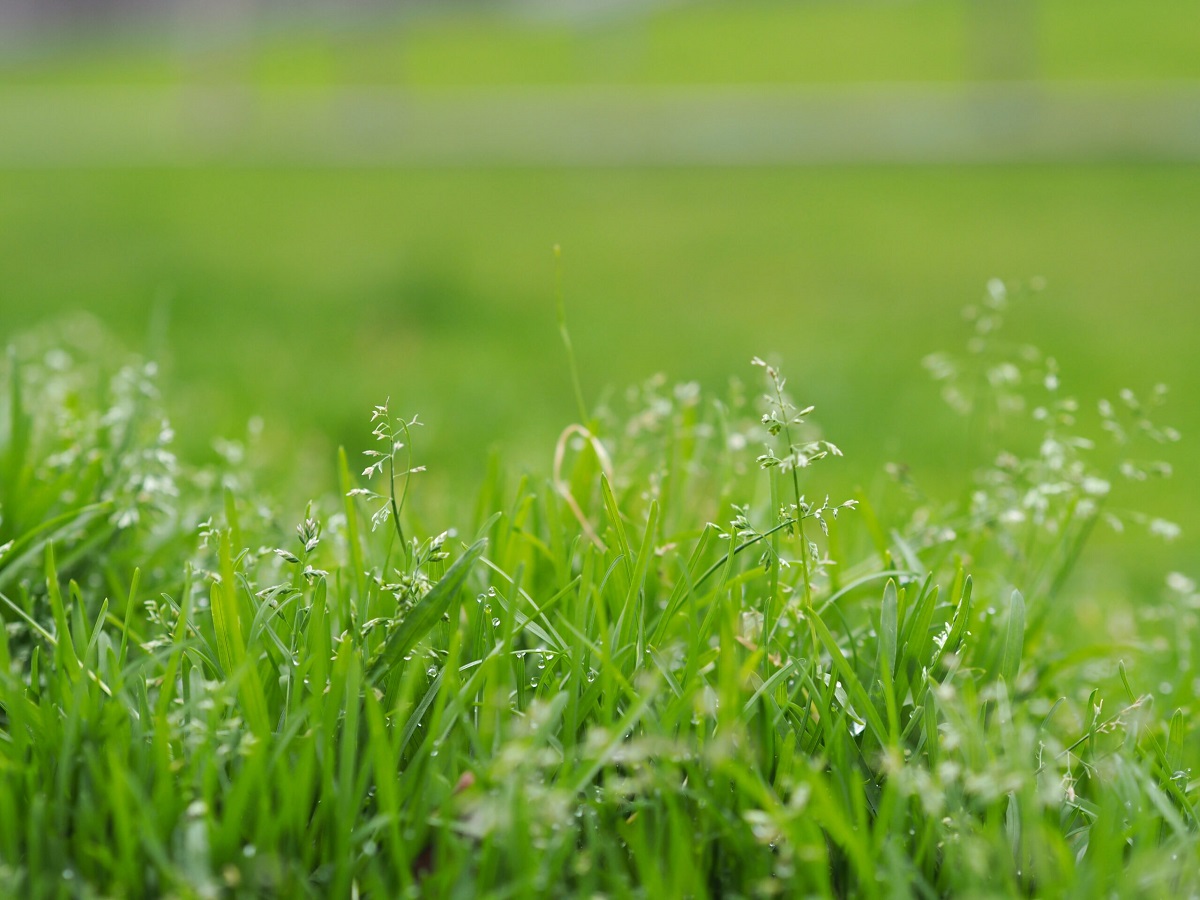
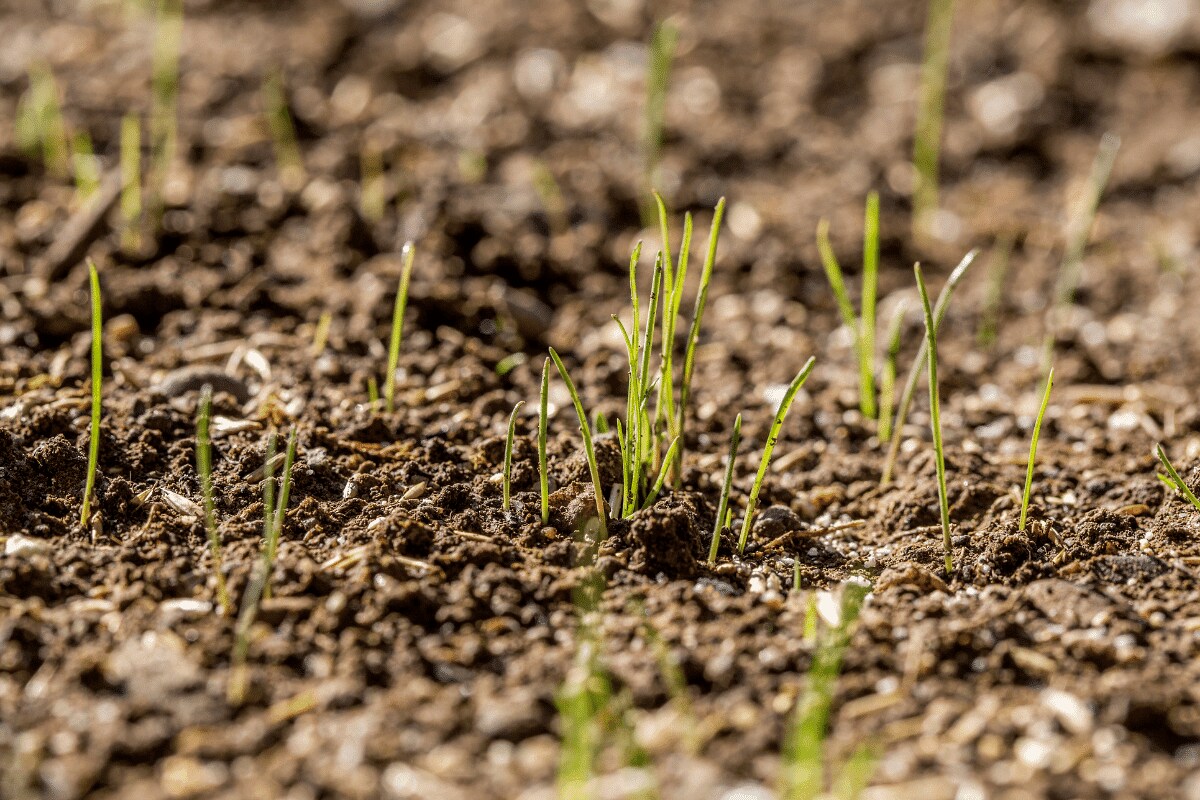
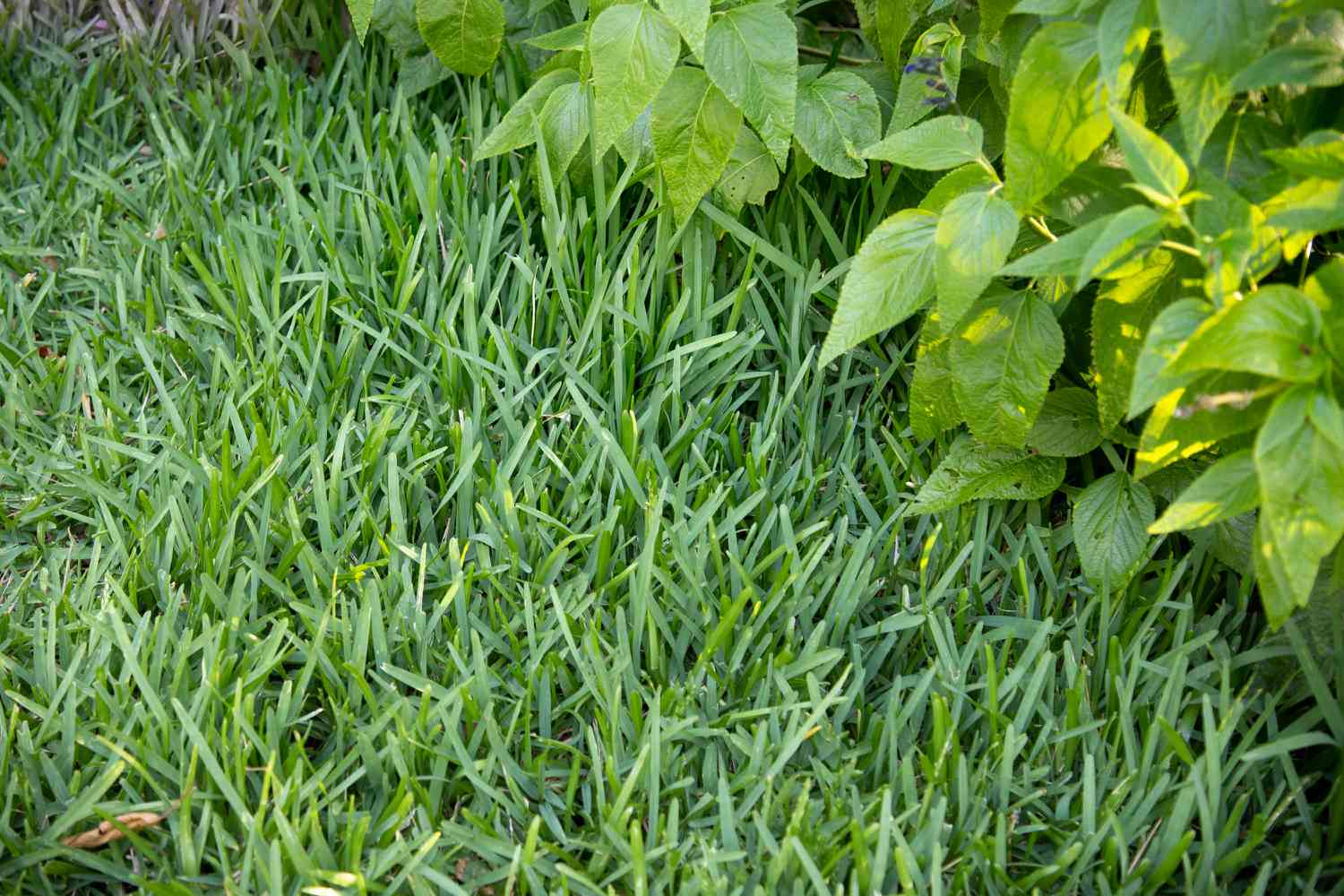
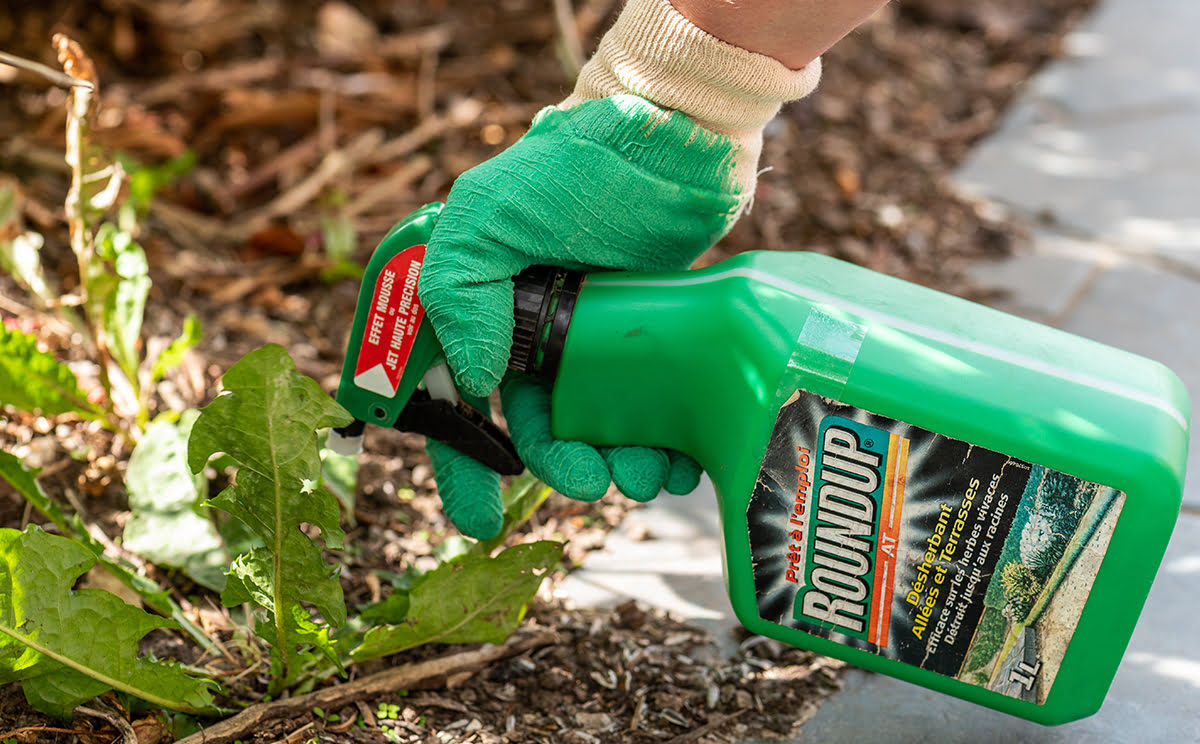
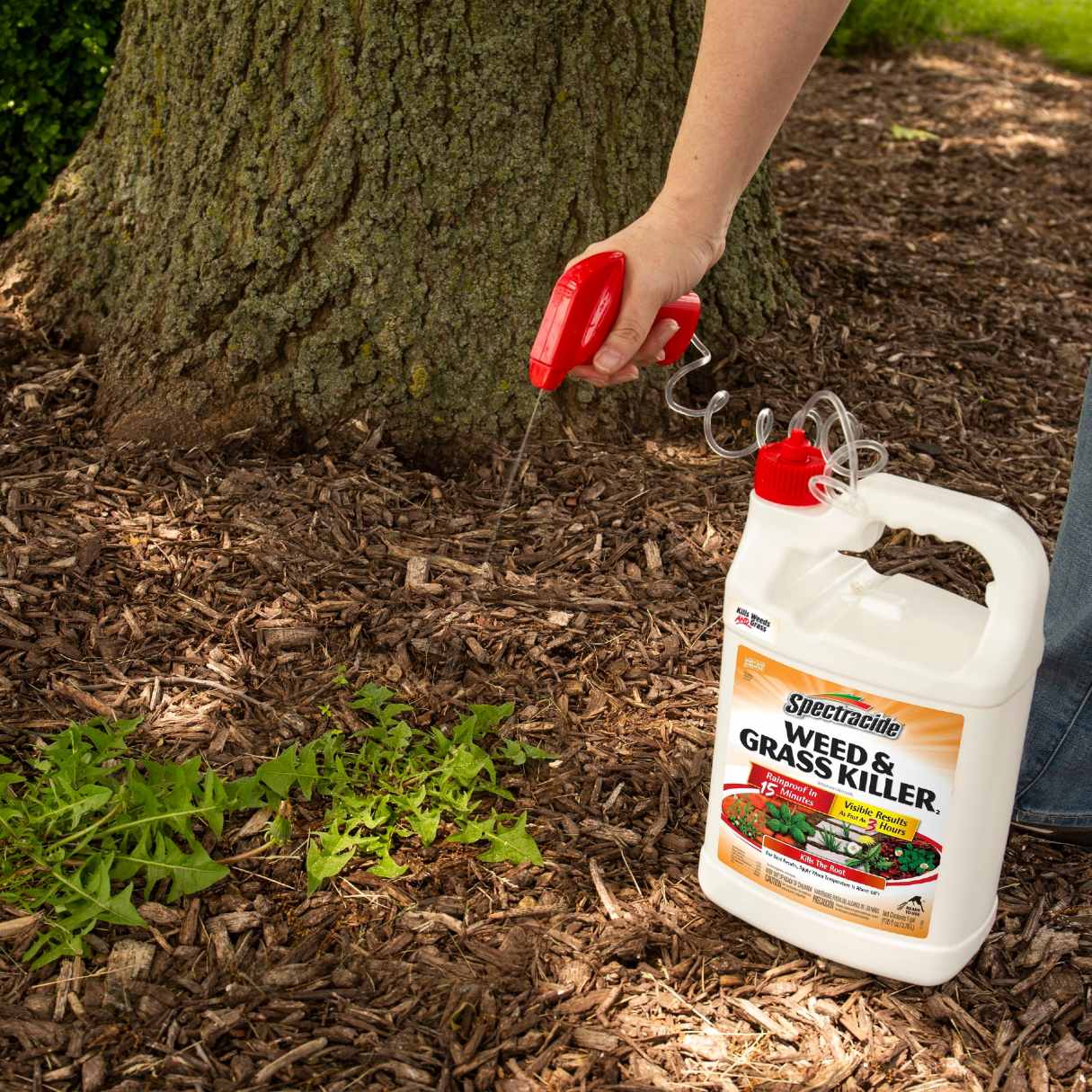

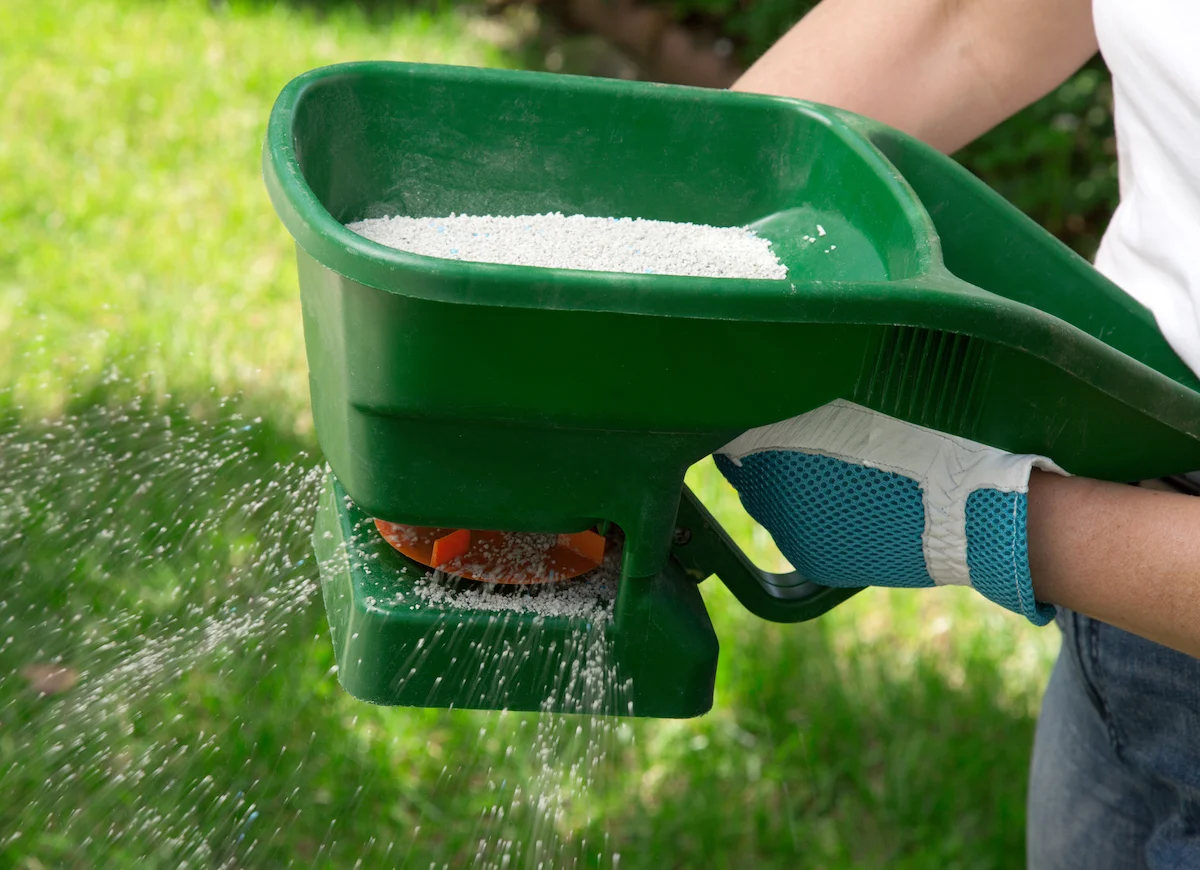
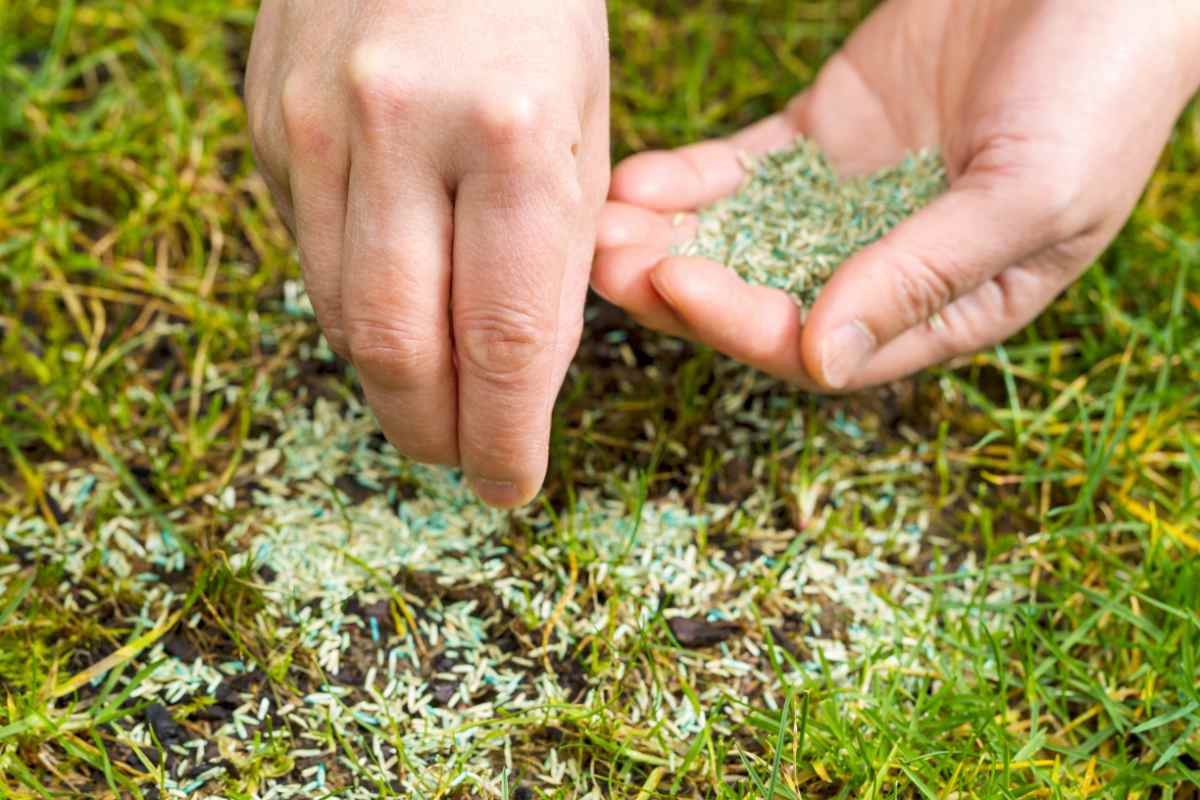
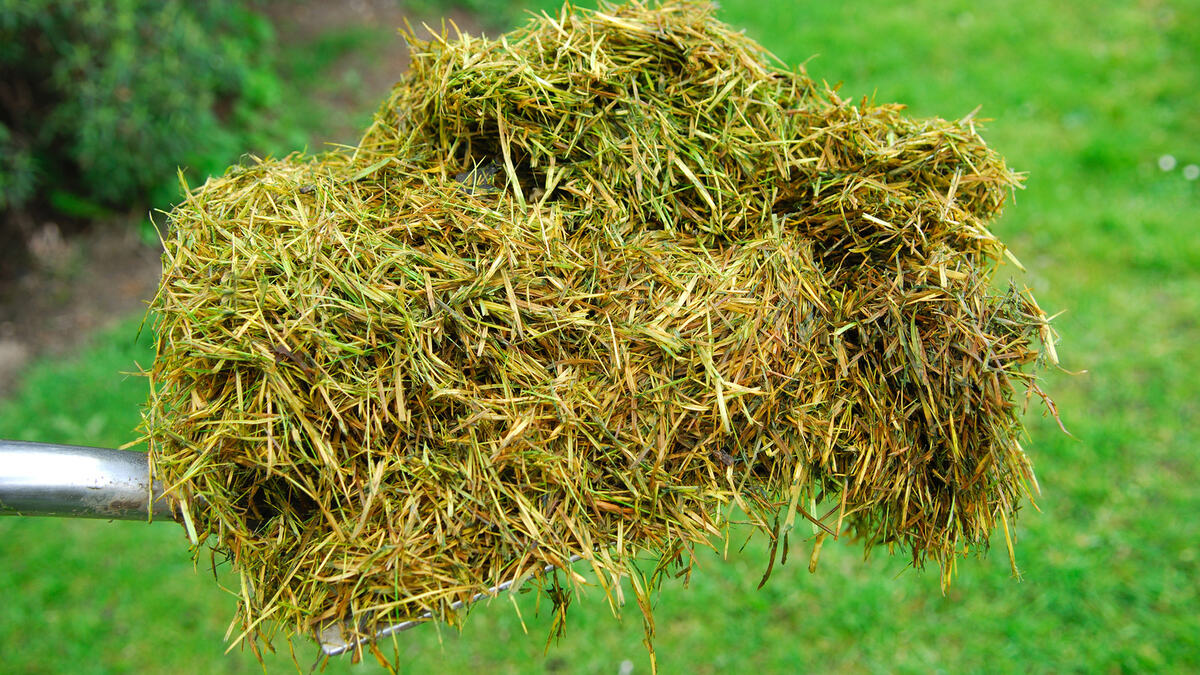

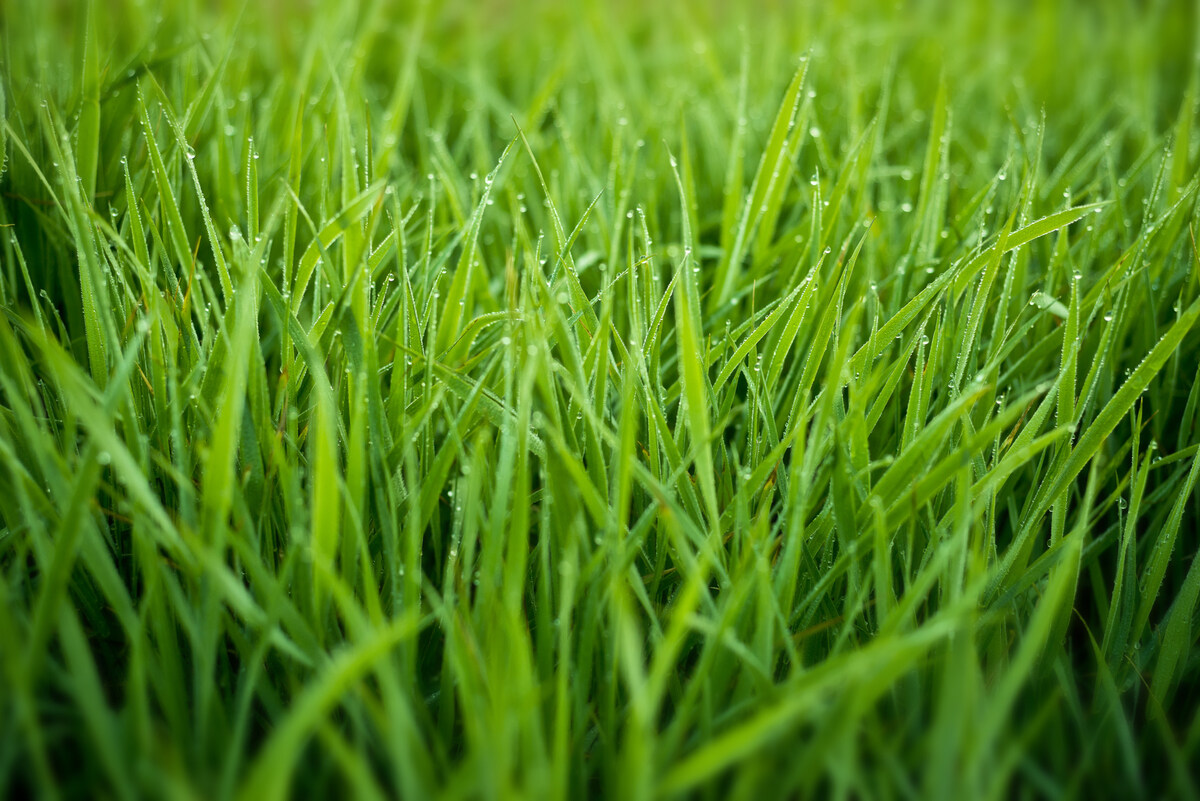

0 thoughts on “How Long Does It Take For Grass To Root”